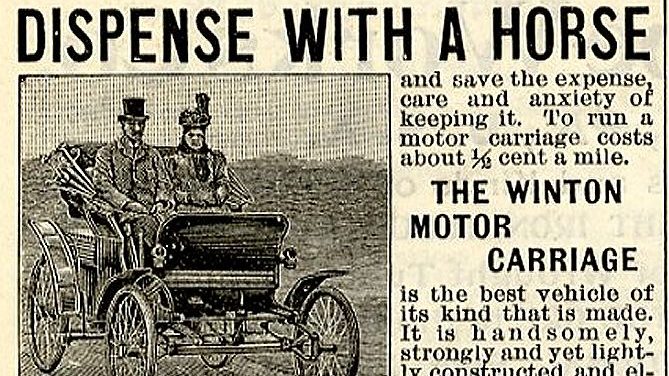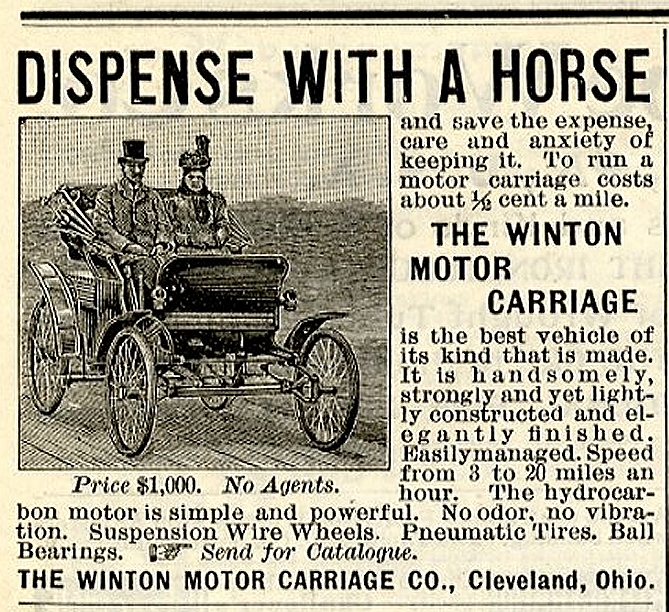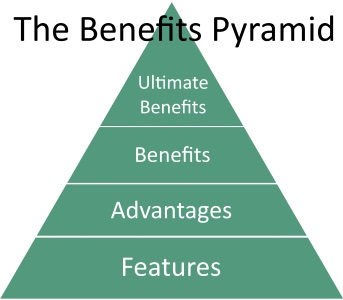You may be surprised.
Writing great content for the web isn’t that hard. In fact, it’s quite easy, if you follow a time-proven formula.
And, it can be summed up in just three words:
- Clear
- Concise
- Compelling
What you write needs to be Clear, Concise and Compelling.
The 3 C’s Formula for great web writing
To help make it stick in your mind, call it the 3 C’s Formula.
With these three words, your copy will demand attention, create desire and compel action. For a copywriter, it doesn’t get better than that.
That’s it. Now, let’s break them down.
Clear
You need to write very clearly.
Clear is simple.
When a visitor lands on your web page, they need to comprehend it straight away. That’s not read it but just comprehend it.
They need to be able to “get it” straight away. Don’t make them think.
Everything from your headlines, sub-headlines, bullets, and navigation links should all communicate clearly what lies in or behind them.
The reader easily understands what’s being communicated, and that process also builds trust.
Concise
Writing for the web is a minimalist affair using short sharp sentences.
There are no unnecessary words to detract, which means you need to edit your copy very hard. Chuck out anything that’s not essential.
Ruthlessly editing will by necessity make your copy clear and concise.
The longer the sentence or paragraph, the less likely it is to be read.
Compelling
You know what makes your reader or potential customer tick. You know what their concerns are and what keeps them up at night.
You know their hot spots. If you know that, you’ll also know what to write and how you’ll write it.
You write to address and solve their problems. Give the reader what she wants.
By writing what your ideal reader wants, you’re naturally writing compelling content that is engaging, and your reader will stick around.
Here’s a bonus.
When you write clear, concise, and compelling content you’ll naturally be writing keyword-dense copy that search engines love.
When you’re writing for your reader, you’re also naturally writing for the search engines. And remember, if your readers love you, Google will too!
Finally, no one has ever complained that something is too simple to read.






